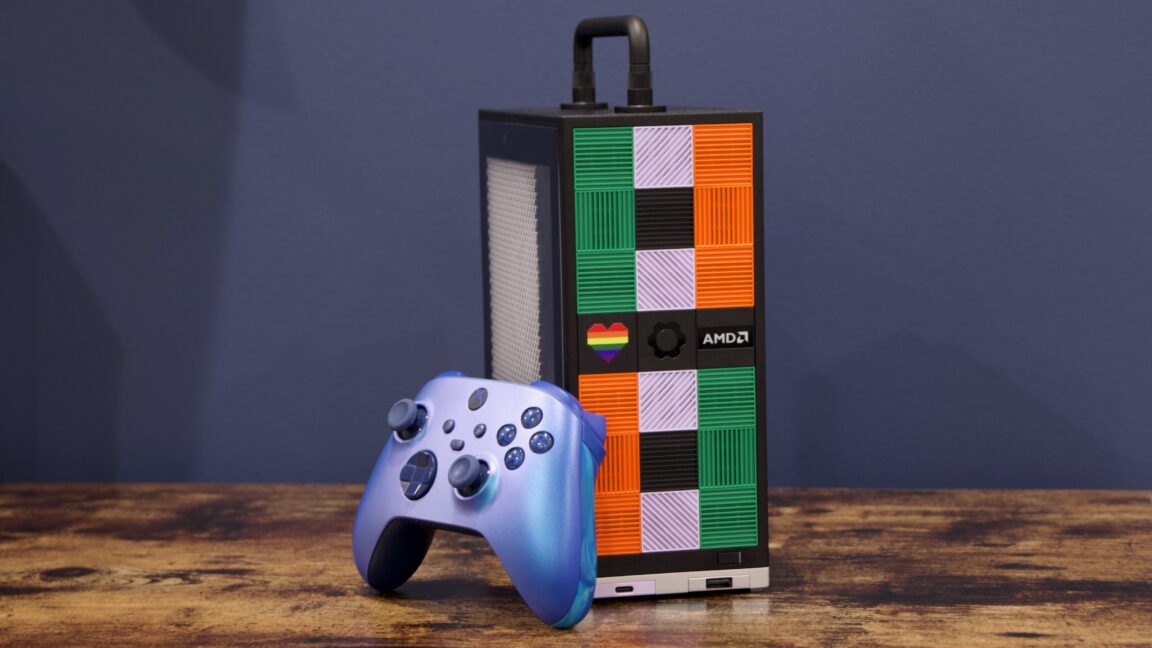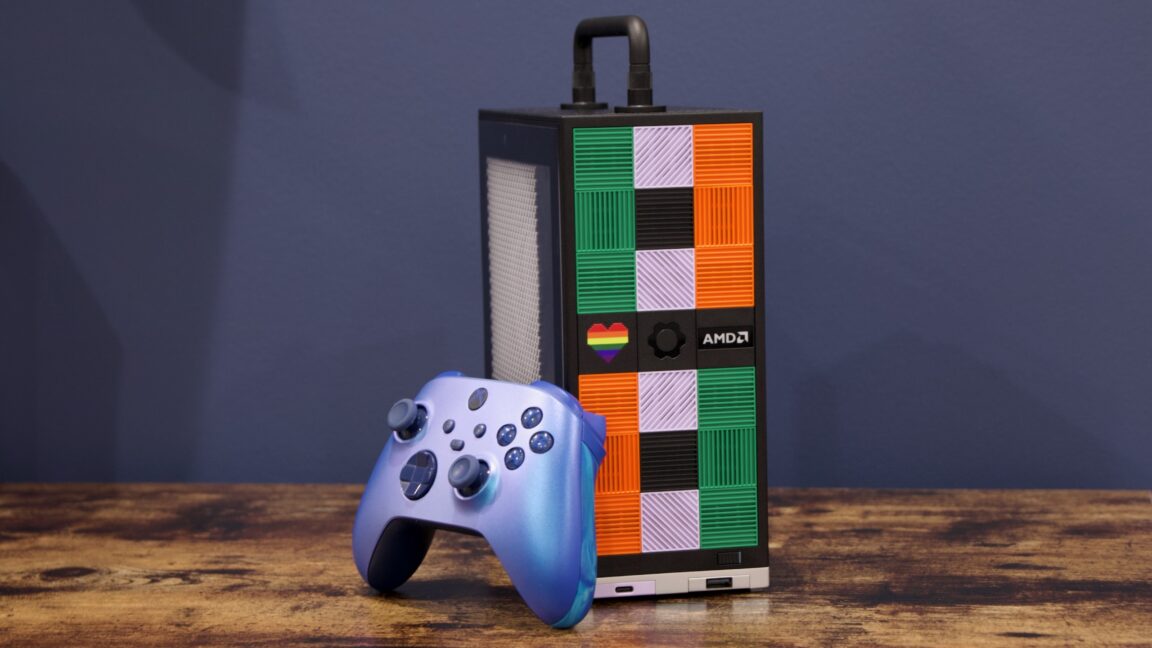Framework Desktop: A Blend of Form and Function

An In-Depth Look at the Framework Desktop
Framework has carved a niche in the tech world with its focus on modular and upgradeable laptops. Their reputation has been built on the Framework Laptop series, offering replaceable parts like motherboards and RAM, allowing users to enhance their laptops over time. However, the Framework Desktop represents a curious departure from their usual offerings, venturing into a space where their primary innovation, modularity, is less necessary.
The Framework Desktop is pitched against other mini desktops, questioning whether consumers value compact size enough to pay more for a less upgradable and potentially underpowered machine. Its design features reflect an understanding of PC industry standards, providing thoughtful touches like a recyclable packaging and essential components pre-installed, leaving users with minimal assembly tasks such as inserting the SSD and fan.
Design and Build
This DIY Edition arrives in a compact box, smaller than many conventional desktop PCs, yet capable of housing a robust system. Most of the hardware comes pre-assembled, including a heatsink perched atop the System on Chip (SoC). This streamlines the setup process significantly for the user.
Additional tasks involve installing the SSD and fan, providing a straightforward introduction to the system's inner workings. A practical element is the case's design, allowing easy access to internal components, making it user-friendly even for less experienced builders. The front panel, customizable with tiles, further reinforces the modular ethos.
Performance Analysis
The Framework Desktop’s core strength lies in its use of standardized components, exceedingly rare among mini desktop offerings. It incorporates an AMD chip with soldered memory, which might limit upgrades but ensures smooth operation from the outset.
Notably, the desktop supports an array of replaceable parts, adhering to standard interfaces for connectivity and components, unlike proprietary pre-built options. The limited flexibility in upgrade options, particularly regarding the CPU, GPU, and RAM, may deter enthusiasts seeking future-proof builds.
Interior and Aesthetics
Inside, the Framework Desktop impresses with a sturdy metal framework, optimized for efficient airflow and component access. Externally, however, the heavy use of plastic materials may disappoint users accustomed to the premium feel of metal encasings. The aesthetic charm is restored through the interactive front panel tiles, offering customizability and personalization opportunities.
Performance Metrics
In performance terms, the Framework Desktop aligns with midrange systems, efficiently handling everyday tasks and some gaming applications, courtesy of its Radeon 8060S integrated GPU. It strikes a delicate balance between power consumption and output, running quieter than most desktops and maintaining efficiency even under heavy use.
Unique Selling Point
Despite its limitations, the Framework Desktop stands out as a compact, easy-to-assemble workstation that mirrors Apple’s Mac Studio in terms of functionality, albeit for Linux and Windows users. While the lack of extensive upgradability may turn off some, its performance-to-size ratio holds appeal for those needing a capable, space-saving solution. It caters to users valuing quiet operation, thoughtful design, and a dab of innovation.
Pros and Cons
- Strong efficiency and integrated GPU performance
- Large RAM capabilities enhancing specific workloads
- Standardized parts facilitate easier repairs
- Notably plastic exterior detracts from premium feel
- Incorporation of non-upgradable, soldered components



